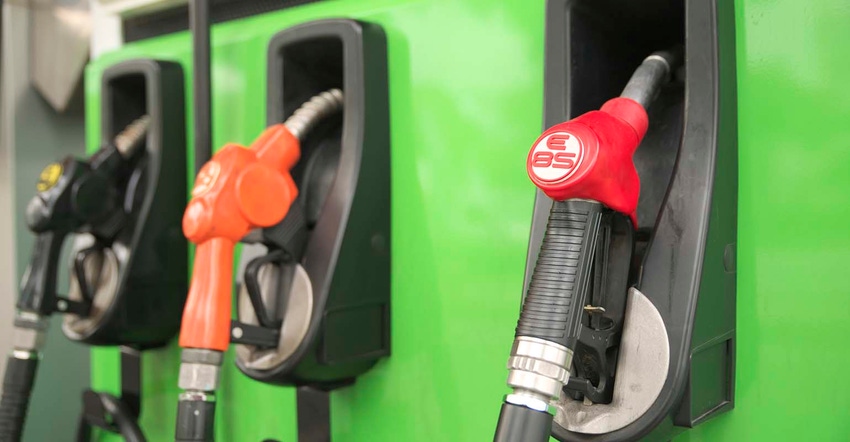
The first car I bought upon arriving in Brazil was from my brother-in-law: a Chevy Monza that ran on 100% ethanol. I nicknamed it “The AntiChrist” because it would not start if there were ever a whiff of cool and damp in the air, even though we lived at a southern latitude roughly similar to that of Miami. There were days I beat that car in fury with tree branches.
Like everyone else in Brazil with a neat ethanol car, I also often poured some gasoline into the tank—despite the fact that the nozzle size was too big-- just to get the thing started.
Today, Brazilians mix their pure ethanol, in greater or lesser degree, according to the relative costs of petroleum and ethanol. As world petroleum prices climb, they are sure to be looking at those numbers on the pumps a lot more closely.
The rule of thumb has not changed, though. Because of ethanol’s lower BTUs, everybody knows ethanol is only a good deal if the price is less than 70% that of gasoline. You only have to go through one tank of pure ethanol to believe this.
If you like ethanol, you also must like spending a lot more of your time filling up. And, in rural Brazil, you cannot often afford to do so—gas stations in the northern part of Goias state are about as far apart as those in rural Canada.
Flashback: The 1970s
Those of you who remember the gas lines and the urge to buy Pintos and Gremlins in the 1970s will remember America’s—and the world’s—race to be free of petroleum.
Big dramatic changes took place. In the states, it was the 55-mile-per-hour speed limit. In Brazil, still run at that time by a military government that could rule pretty much by decree, it was the order that sugarcane ethanol would be available, neat, in at least one pump at every filling station nationwide; and, further, that all gasoline would be an ethanol blend.
Though it is illegal, there are still a few Brazilian desperados who pedal up to the filling station and put pure ethanol into used Coke bottles, peddling home before guests arrived, to provide a 97% pure source of alcohol for the party. You can imagine the mule kick of those drinks. But, depending on the exchange rate, drinking from the ethanol pump is cheaper than buying party booze at the local store.
Why you should care
Sugarcane is the opposite of soybeans. When you process beans, you are always going to know about how much oil and about how much meal you are going to get. Those factors don’t change a lot even if you leave the beans in the bin for a while. With ‘cane, you have to decide how much will go to sugar and how much will go to ethanol—right now, as every moment you dither costs you money in the form of Total Recoverable Sugars. In Brazil, the value of sugarcane is based on Total Recoverable Sugars. If we were talking beans, it would be like the elevator paying you for protein and oil, and not just weight minus dockage.
They’ve turned the sugar/ethanol knobs up a bit at the Brazilian ethanol plant this year. The Brazilians still have the 25% tariff in place on imported ethanol. And those factors are likely to help remain bearish in terms of ethanol imports.
On the other hand, the Brazilian economy is slated to actually grow this year, even if anemically, and that means more gallons of fuel burned. So maybe you’ll sell more ethanol to Brazil after all.
The opinions of the author are not necessarily those of Farm Futures or Farm Progress.
About the Author(s)
You May Also Like






